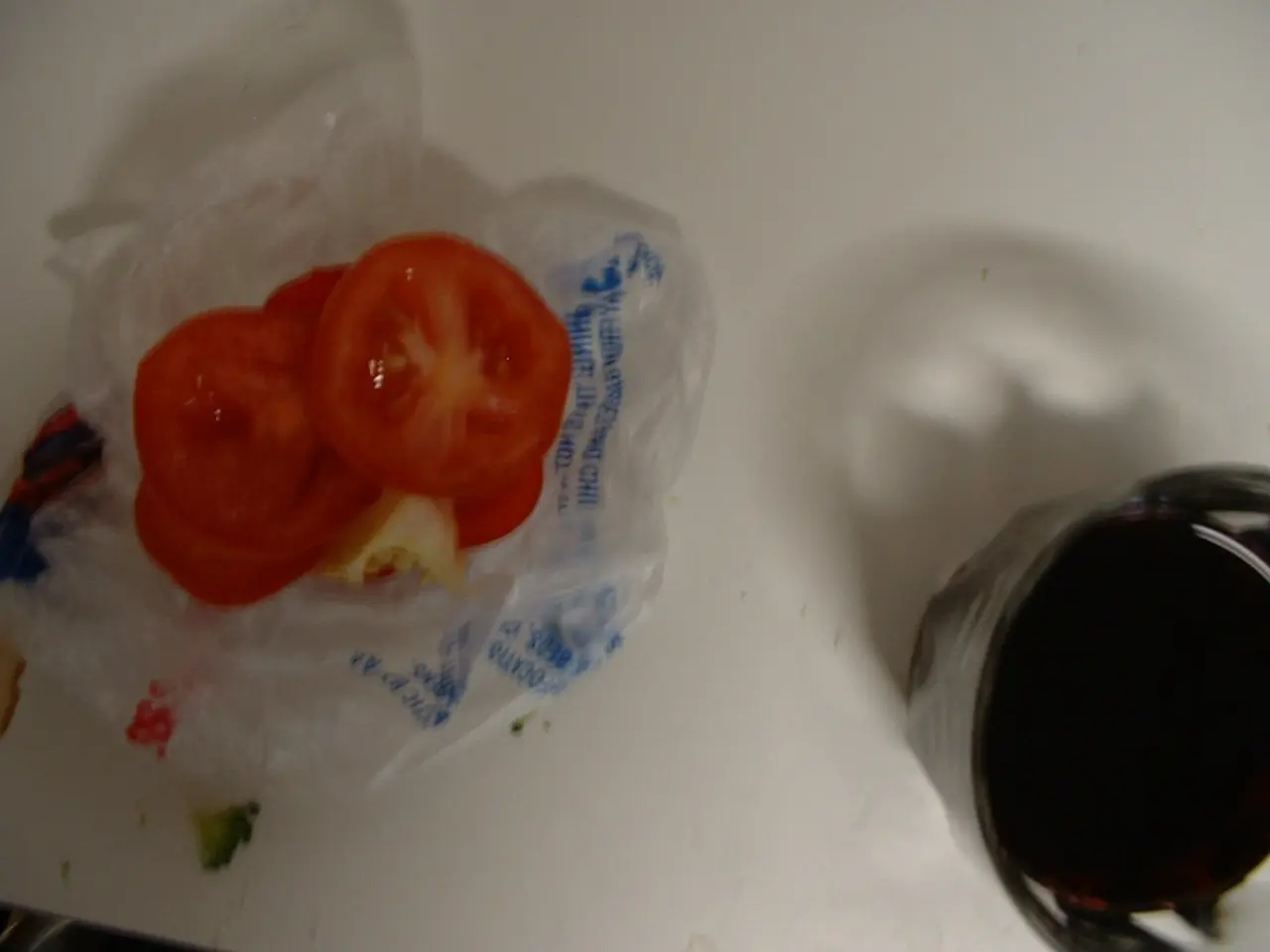Protecting Tomatoes from Extreme Heat: Discover 4 Strategies to Safeguard Your Plants During a Heatwave for Healthy Harvest
**Protecting Tomato Plants During Heatwaves: Expert Strategies for Success**
As the summer heatwave sets in, gardeners may worry about their tomato plants wilting under the relentless sun. But fear not, for there are several strategies to help your plants not only survive but thrive during these challenging times.
**1. Choose Heat-Tolerant Varieties** Selecting tomato varieties bred for heat tolerance and early maturity is crucial to avoid the hottest parts of the season. Good examples include ‘Heatmaster’, ‘Dixie Red’, ‘Phoenix’, ‘Black Cherry’, ‘Big Beef’, ‘Early Girl’, and ‘Arkansas Traveler’[1]. The ‘Early Girl’ variety, for instance, is resistant to diseases like fusarium wilt and matures two months after transplant[2].
**2. Provide Strategic Shade Covering** Using shade cloth with a 30-40% density can reduce heat and light stress while maintaining growth[1][2][3]. This can be draped over plants or greenhouse structures during peak heat hours, ideally from late morning until late afternoon. Temporary coverings like old sheets or shower curtains can work if properly tented for airflow, but shade cloth is more effective and durable. Remove coverings when temperatures fall below 90°F (32°C)[1][2][3].
**3. Optimize Location and Sun Exposure** Plant tomatoes where they receive full morning sun and filtered or afternoon shade to reduce heat stress while ensuring they get the 6-8 hours of sunlight needed for fruiting[1]. A suitable location might be an area of the garden that gets morning sun with filtered light in the afternoon.
**4. Mulch to Cool Soil and Retain Moisture** Applying 1-2 inches of organic mulch like shredded hardwood around the base can help keep soil temperatures down and preserve moisture[3][4]. Keep the mulch moist during heatwaves to maximize cooling effects on roots.
**5. Water Appropriately and Regularly** Deep, consistent watering is vital during heat spells, but avoid wetting foliage excessively to reduce disease risk[3][4]. Watering early in the day or late in the afternoon helps minimize evaporation and heat shock.
**6. Improve Airflow and Ventilation (especially in greenhouses)** Good ventilation helps dissipate heat and reduce humidity, lowering plant stress and sunscald risk[2]. Combining this with shading is particularly important for greenhouse tomatoes.
**7. Prune Judiciously** Removing excess foliage can improve airflow and reduce heat trapping, but avoid over-pruning which can expose fruit to sunscald[4].
By combining these methods—choosing heat-tolerant plants, providing shade, mulching, watering properly, and managing airflow—you create a supportive environment that helps tomatoes withstand and even thrive in extended high heat conditions[1][2][3][4].
**Bonus Tip:** Keep an eye out for yellow leaves or dead foliage on your tomato plants after a heatwave. If they appear, remove them to prevent disease and weakening of the plants[2].
In addition, signing up for a gardening newsletter may provide access to valuable tips, videos, and a free e-book on how to grow tomatoes. Happy gardening!
[1] https://www.gardeningknowhow.com/edible/vegetables/tomato/growing-tomatoes-in-hot-weather.htm [2] https://www.almanac.com/plant/growing-tomatoes-during-heat-waves [3] https://www.gardeningknowhow.com/garden-how-to/solutions/how-to-water-tomato-plants.htm [4] https://www.gardeningknowhow.com/garden-how-to/pruning/how-to-prune-tomato-plants.htm
- Incorporating these tactics into your garden lifestyle can help your tomato plants flourish during heatwaves, as gardeners and enthusiasts of food-and-drink may find appealing for their home-and-garden, especially when it comes to gardening activities.
- With the right combination of choosing heat-tolerant plants, providing shade, mulching, watering properly, and managing airflow, even your cooking endeavors could potentially benefit from the prized tomatoes grown under these expert strategies.




